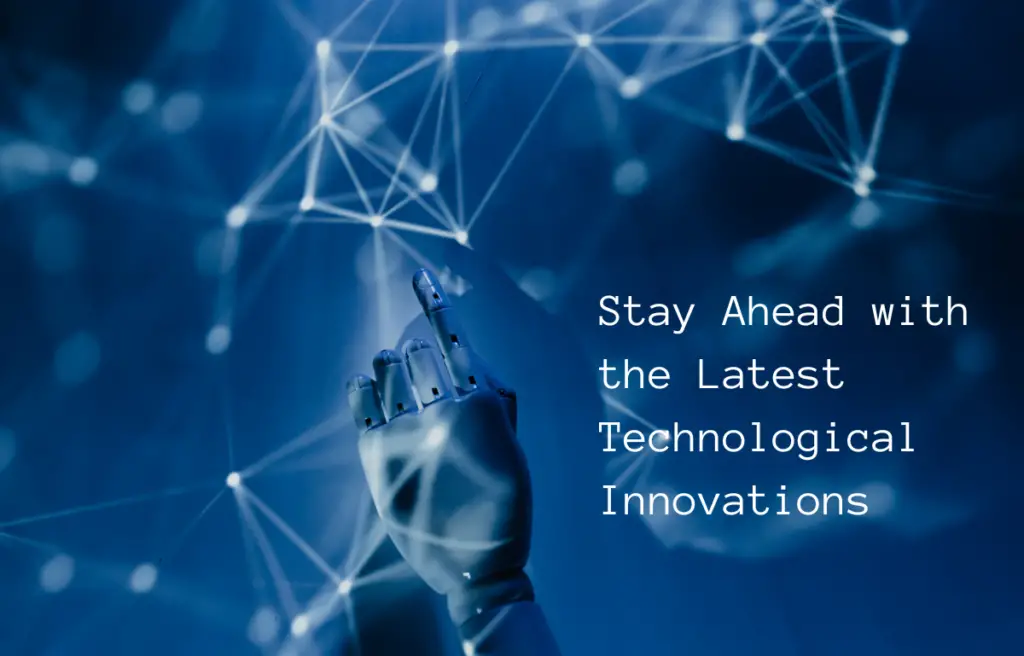As of my last update in January 2022, several emerging technologies were making significant strides in various fields. While I can’t provide real-time updates, I can give you an overview of some of the latest technologies that were prominent at that time:
Artificial Intelligence and Machine Learning
AI and ML continue to advance, with developments in natural language processing, computer vision, reinforcement learning, and more. AI applications are increasingly integrated into various industries, from healthcare to finance to autonomous vehicles.
5G Technology
The rollout of 5G networks was ongoing, promising faster internet speeds, lower latency, and greater connectivity, enabling innovations such as the Internet of Things (IoT), augmented reality (AR), and virtual reality (VR).
Quantum Computing
While still in its early stages, quantum computing research and development were progressing. Quantum computers have the potential to solve complex problems much faster than classical computers, with applications in cryptography, optimization, and drug discovery.
Blockchain and Cryptocurrency
Blockchain technology continued to evolve, with applications beyond cryptocurrencies like Bitcoin and Ethereum. These include smart contracts, decentralized finance (DeFi), supply chain management, and digital identity verification.
Augmented Reality (AR) and Virtual Reality (VR)
AR and VR technologies were being increasingly adopted in various industries, including gaming, education, healthcare, and retail. Advancements in hardware and software were enhancing immersive experiences and expanding their practical applications.
Biotechnology and Genomics
Advances in biotechnology, particularly in areas like gene editing (e.g., CRISPR) and synthetic biology, were revolutionizing healthcare, agriculture, and environmental sustainability. Personalized medicine and gene therapies were becoming more feasible.
Internet of Things (IoT)
The IoT ecosystem was growing, with interconnected devices ranging from smart home appliances to industrial sensors. IoT technology was being utilized for automation, data collection, and optimization in diverse settings.
Robotics and Automation
Robotics technology was advancing rapidly, with applications in manufacturing, healthcare, logistics, and more. Collaborative robots (cobots) were becoming more prevalent, working alongside humans in various tasks.
Renewable Energy
Innovation in renewable energy technologies, such as solar, wind, and battery storage, continued to drive the transition towards cleaner and more sustainable energy sources. Advancements in energy efficiency and grid integration were also significant.
Edge Computing
Edge computing, which involves processing data closer to the source rather than relying solely on centralized data centers, was gaining traction. This approach improves latency, bandwidth usage, and reliability, benefiting applications like IoT, autonomous vehicles, and real-time analytics.
Keep in mind that technology is continuously evolving, and there may have been further advancements and new developments since my last update. It’s essential to stay updated with the latest news and trends in technology to have a comprehensive understanding of the current landscape.
